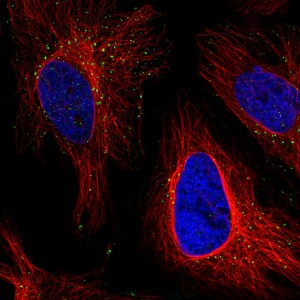TLRs & Innate Immunity – By InvivoGen
The innate immune system is an evolutionarily conserved mechanism that provides an early and effective response against invading microbial pathogens. More info on Innate Immunity
It relies on a limited set of pattern recognition receptors (PRRs) that recognize specific pathogen-associated molecular patterns (PAMPs) commonly present in microbes but not in mammals. Upon detection of PAMPs, some PRRs trigger an inflammatory response leading to the efficient destruction of the invading pathogens.
Four main families of PRRs have been shown to initiate proinflammatory signaling pathways, but as our understanding of innate immunity expands, more PRRs are being identified.
PRRs families |
|
|---|---|
| Toll-Like Receptors – TLRs | Best characterized receptors involved in early innate immune response to invading pathogens |
| NOD-Like Receptors – NLRs | Intracellular pattern recognition receptors that recognize cytoplasmic pathogen-associated molecular patterns |
| RIG-I-Like Receptors – RLRs | Cytoplasmic RNA helicases that are critical for host antiviral responses |
| C-type Lectin Receptors – CLRs | Receptors involved in fungal recognition and modulation of the innate immune response |
| Cytosolic dsDNA Sensors – CDSs | Receptors to diverse molecules of microbial origin (PAMPs), or released from damaged or dying cells (DAMPs) |
| Inflammasome | Large intracellular multiprotein complexes that play a central role in innate immunity |
| Autophagy & Innate Immunity | Autophagy role is to sequester cellular stress-constituents, it also plays an important role in innate and adaptive immune responses |
Tools for PRRs study |
|
| PRR & PAMPs Detection | Rapid, convenient and reliable detection of pattern recognition receptors and pathogen-associated molecular patterns |
| PRR Ligands | InvivoGen provides an extensive set of tools to study the innate immune system, including a comprehensive collection of pathogen-associated molecular patterns (PAMPs). |


